Looking at a Ficus microcarpa as a bonsai, it’s hard to believe it’s the same plant as the towering Chinese Banyan. However, it’s well-suited as a houseplant. The Ficus microcarpa is known for its versatility and adaptability, making it a popular choice for indoor gardening.
The Ficus microcarpa is simple to cultivate, whether indoors or as a shade tree in your garden. Maintaining its preferred conditions is crucial for its well-being, minimizing stress and allowing for optimal growth.
Ficus Care
The Ficus is a tropical plant in the wild. It is native to many countries in Asia. It’s also been introduced to several places around the world, including Australia and Central America. That information provides valuable clues about its care. Outdoor plants can tolerate conditions in USDA Plant Hardiness Zones 9b–11.
Root Rot
While Ficus is humidity-tolerant, it dislikes standing water. Overwatering or planting in low-lying areas can lead to root rot. Adequate drainage is essential for plant health.
Indications of decay entail a decline in the trunk that could soften. An odor may be detected. Excessive moisture deprives the Ficus of oxygen. Rapid spread of decay may foster bacterial growth.
Extract the plant from its pot. Trim any decaying roots with care to minimize handling. Sanitize the container using warm, soapy water and ensure it is completely dry. Replant and observe its progress.
Leaf Drop
Leaf drop is a symptom instead of a disease. However, it means something is wrong. Things that can cause it include:
- Dry soil
- Season changes
- Stress
- Environmental changes
When a plant has all necessary resources, it channels energy into growth and reproduction. Insufficient resources cause photosynthesis and growth to halt. Ficus, like other plants, sheds its leaves.
A balance between overwatering and underwatering is crucial. Ficus has some drought tolerance. Letting the soil surface dry out slightly between waterings is recommended.
Insufficient light can lead to leaf drop due to the same cause. Ficus thrives in bright, indirect light. Its natural habitat is wooded areas, making it a preferred environment. Leaf shedding during fall is typical for plants. Expect dormancy until spring.
Pests
The Ficus is a hardy plant. However, it also has its share of pests that many other houseplants have.
Common pests you may encounter are spider mites, mealybugs, and scale. Insects or their damage may be visible. Isolate the plant and remove heavily infested foliage.
It is crucial to utilize an insecticide specific to the pest. This helps manufacturers prevent harm to non-targeted species. A dishwashing soap solution can also be effective when applied to your plants.
You must act quickly once you’ve noticed a problem. Typical signs of an infestation include:
- Leaf drop
- Yellowing leaves
- Failure to thrive
- Stem damage
You should repeat the treatment as per the pesticide label’s instructions.
Final Thoughts
The Ficus is a striking plant that will make a unique addition to your collection. Its attractive form and easy maintenance make it an excellent choice for beginners. With proper care, you’ll enjoy your bit of the tropics for years to come.
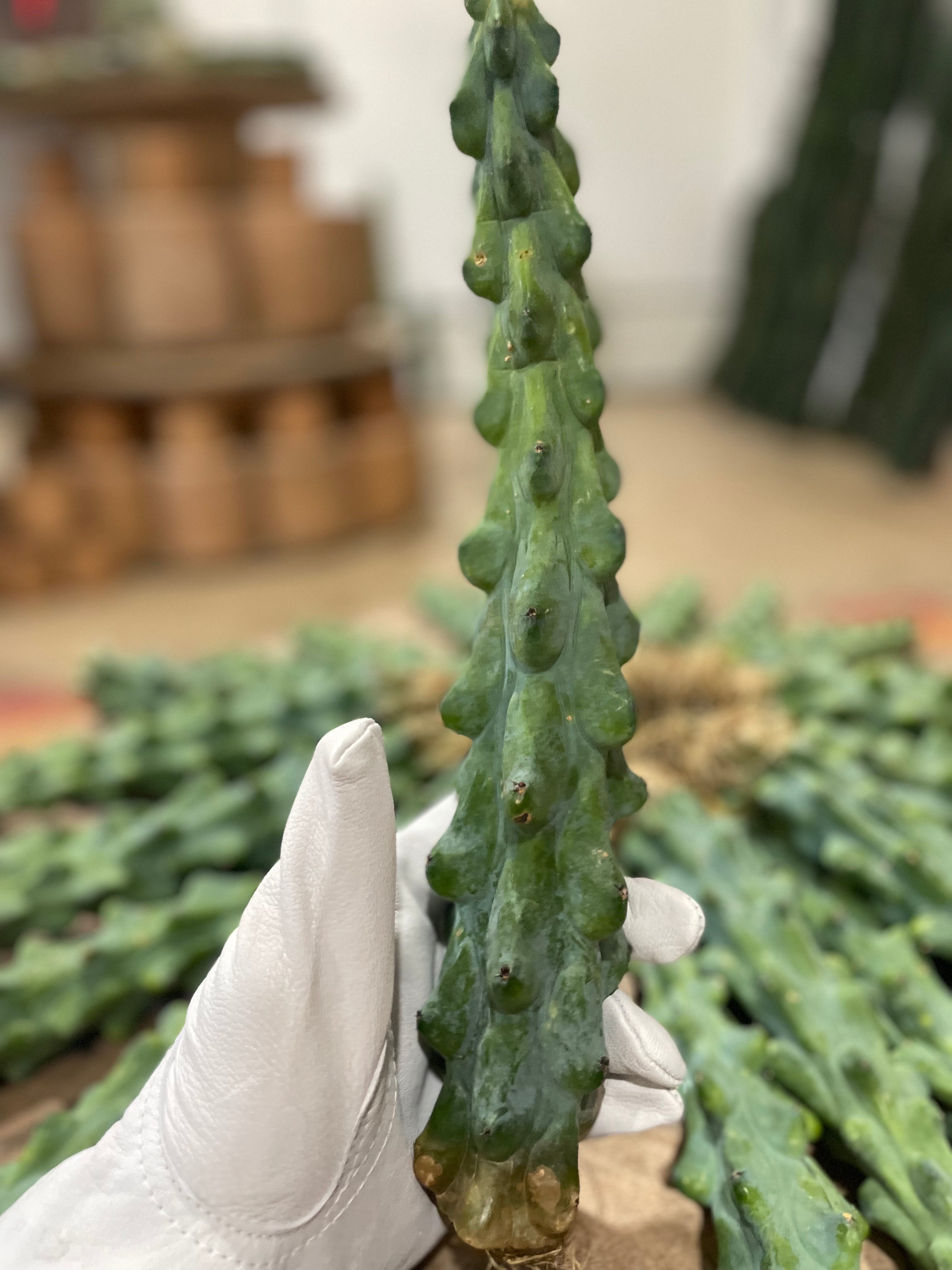
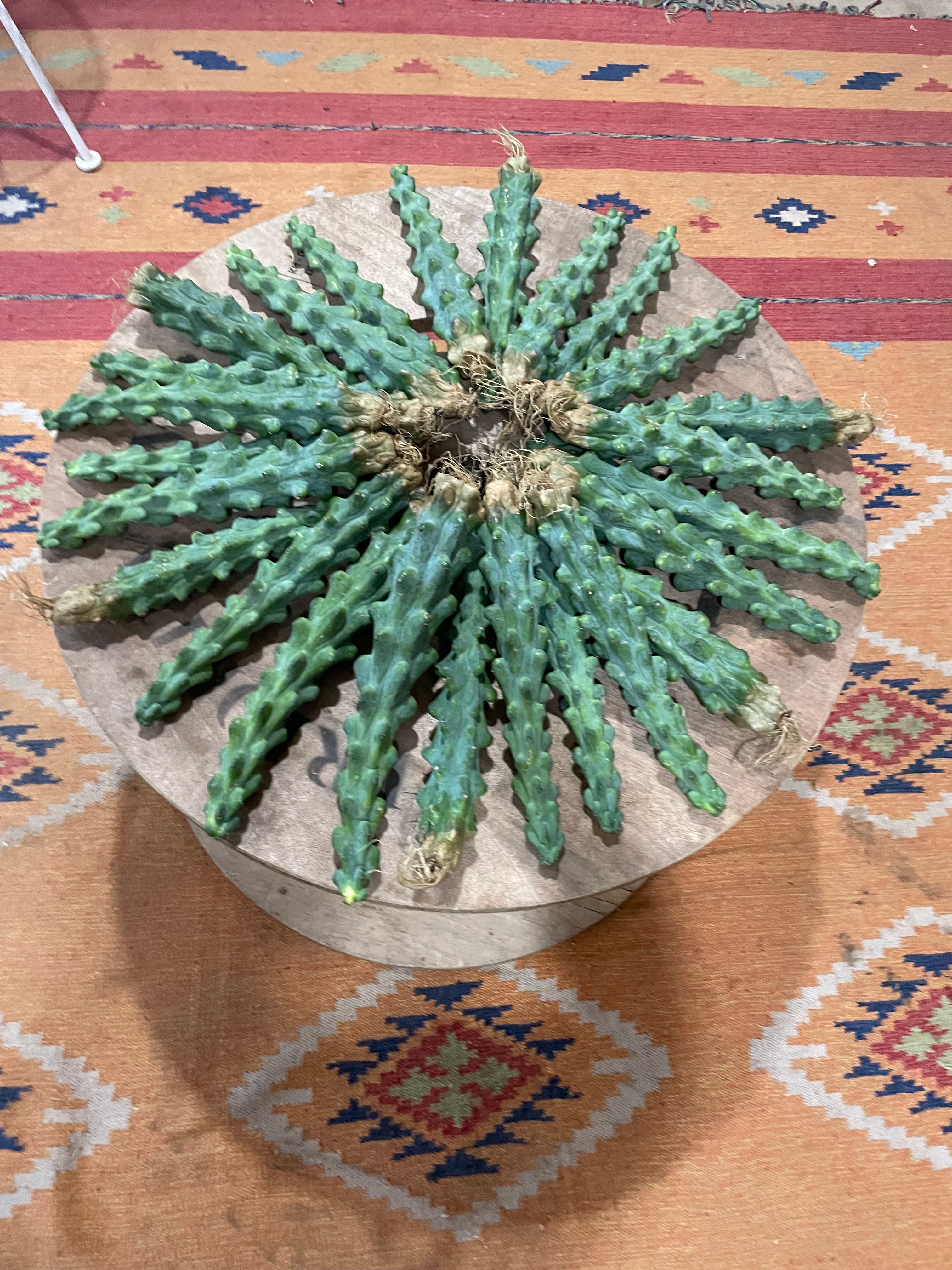
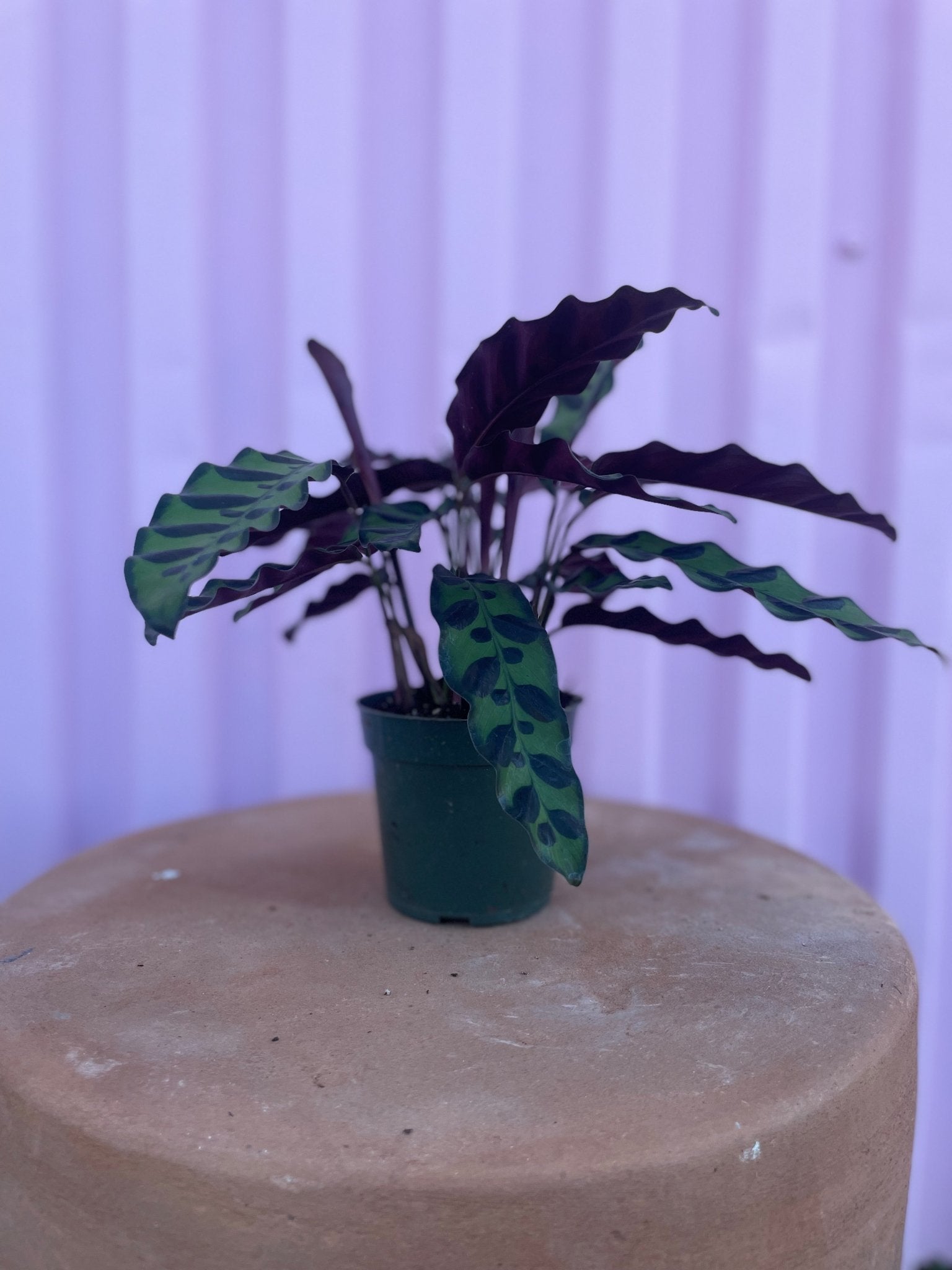
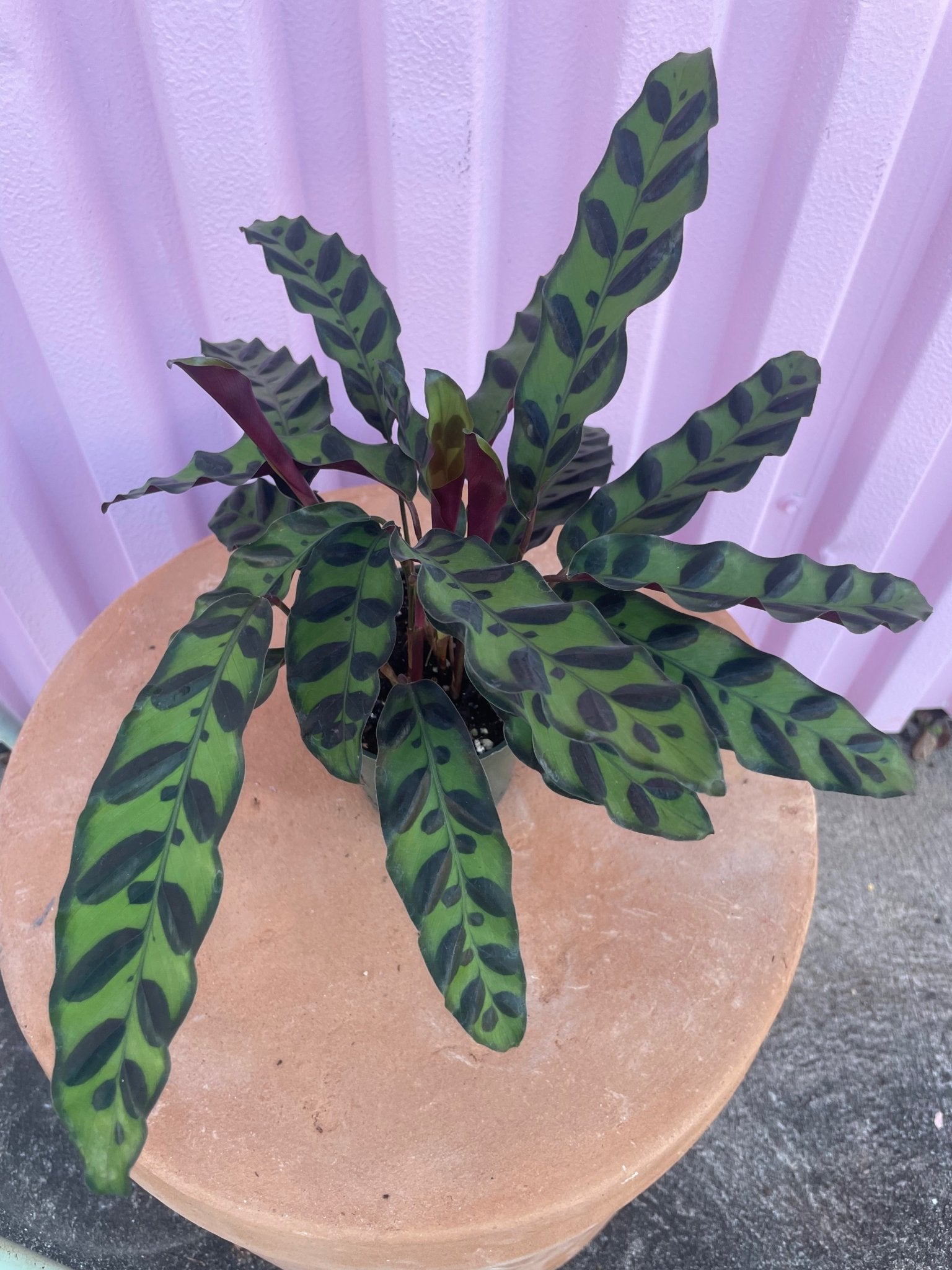
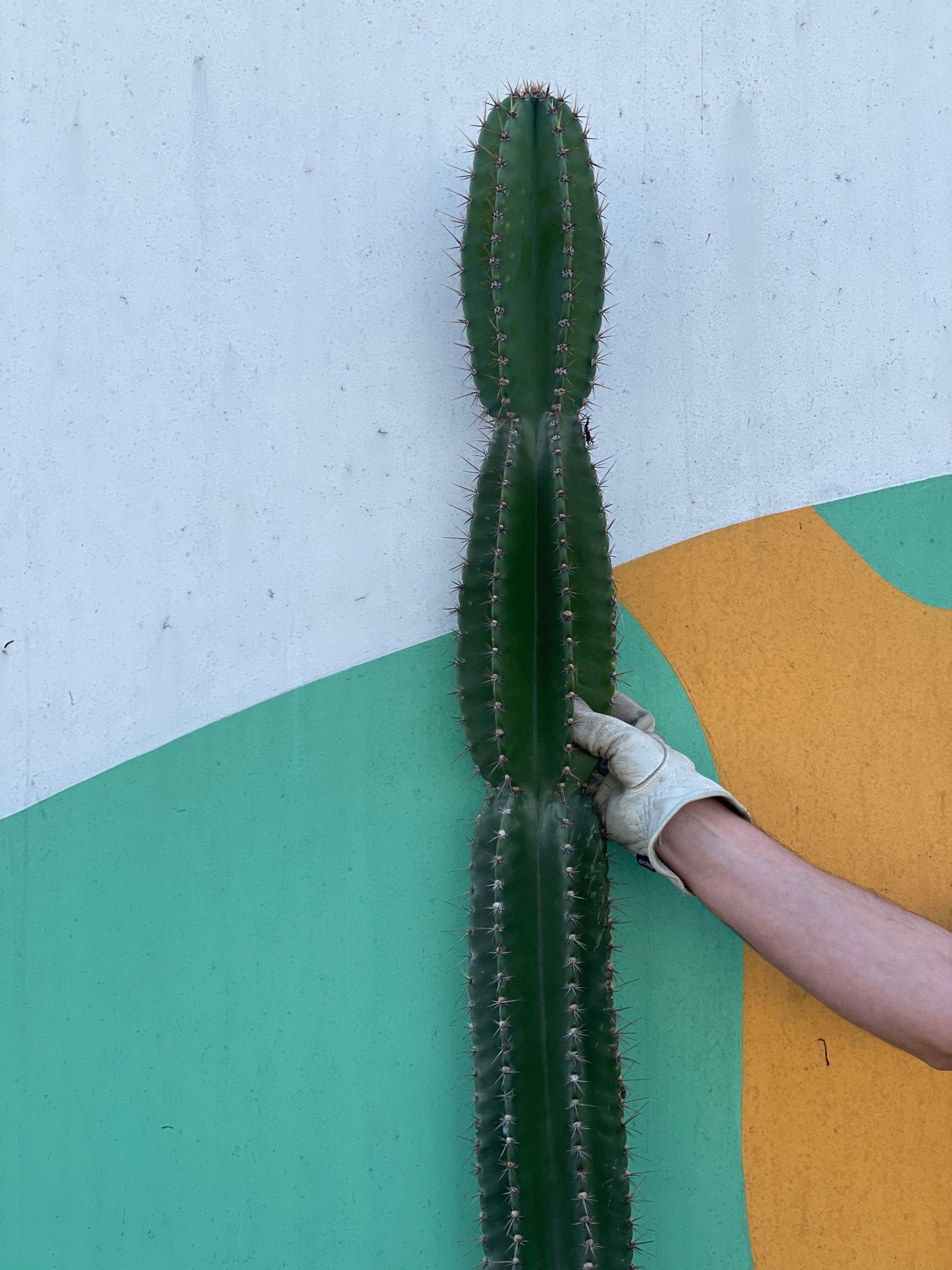
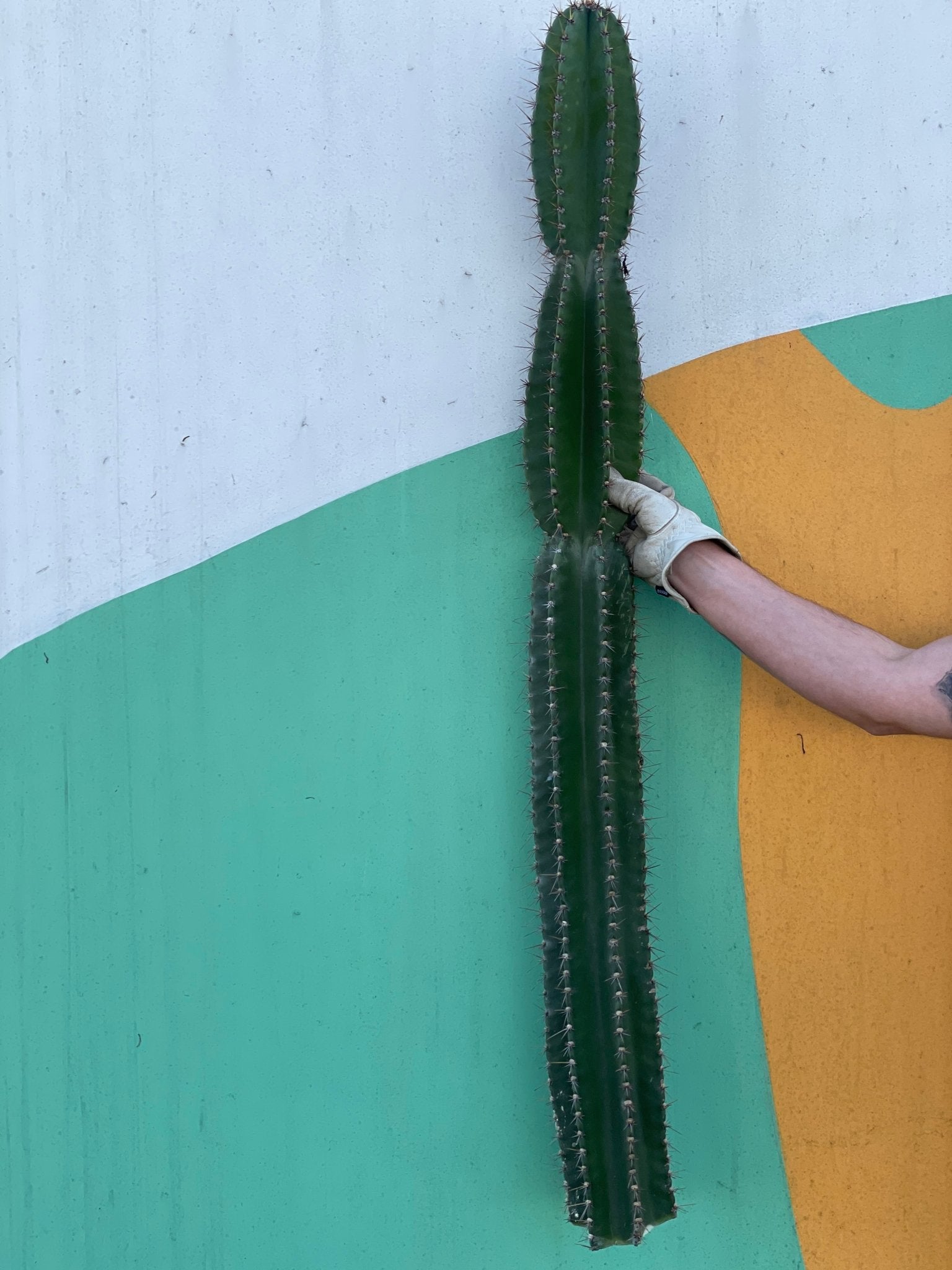
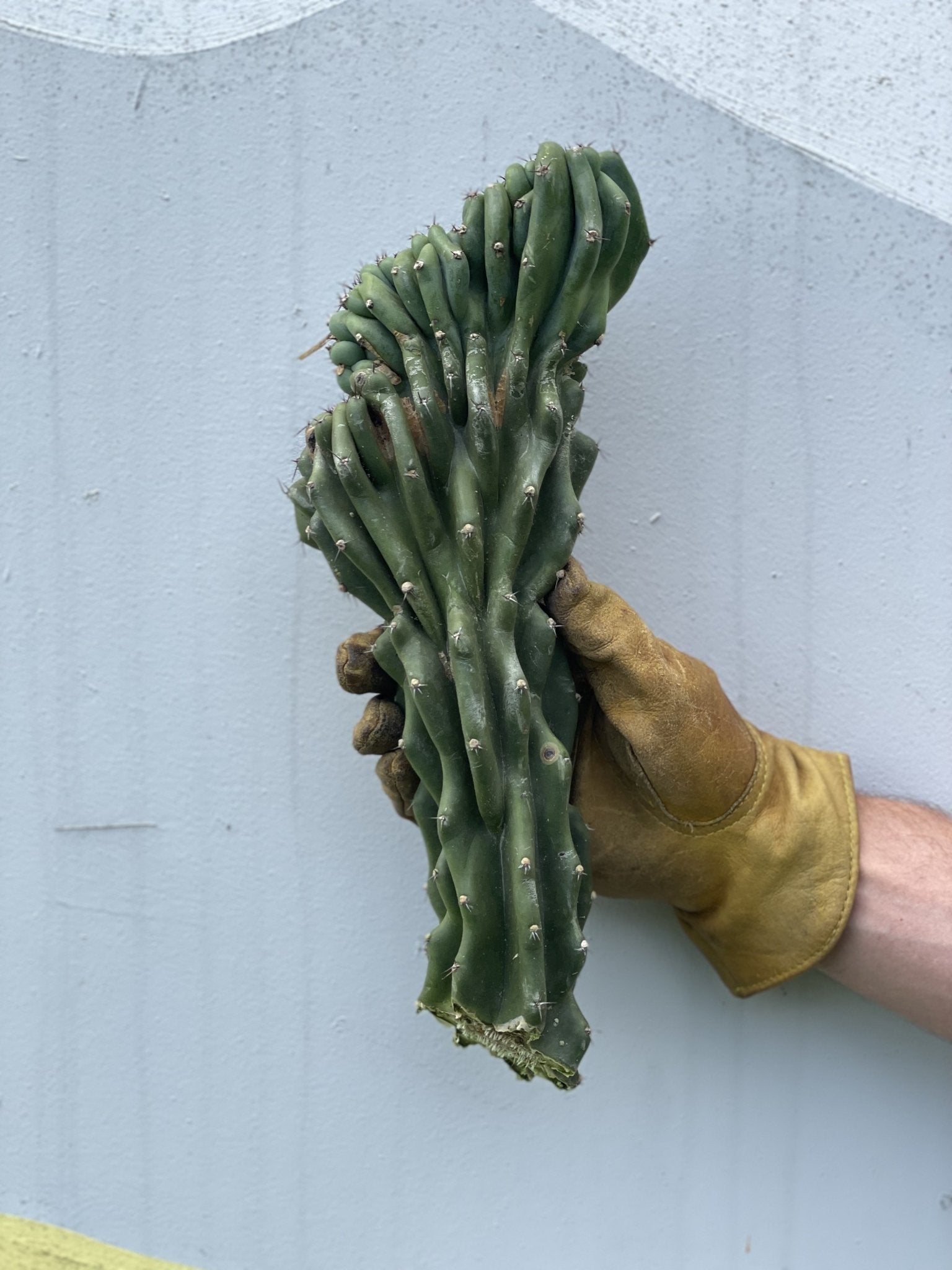
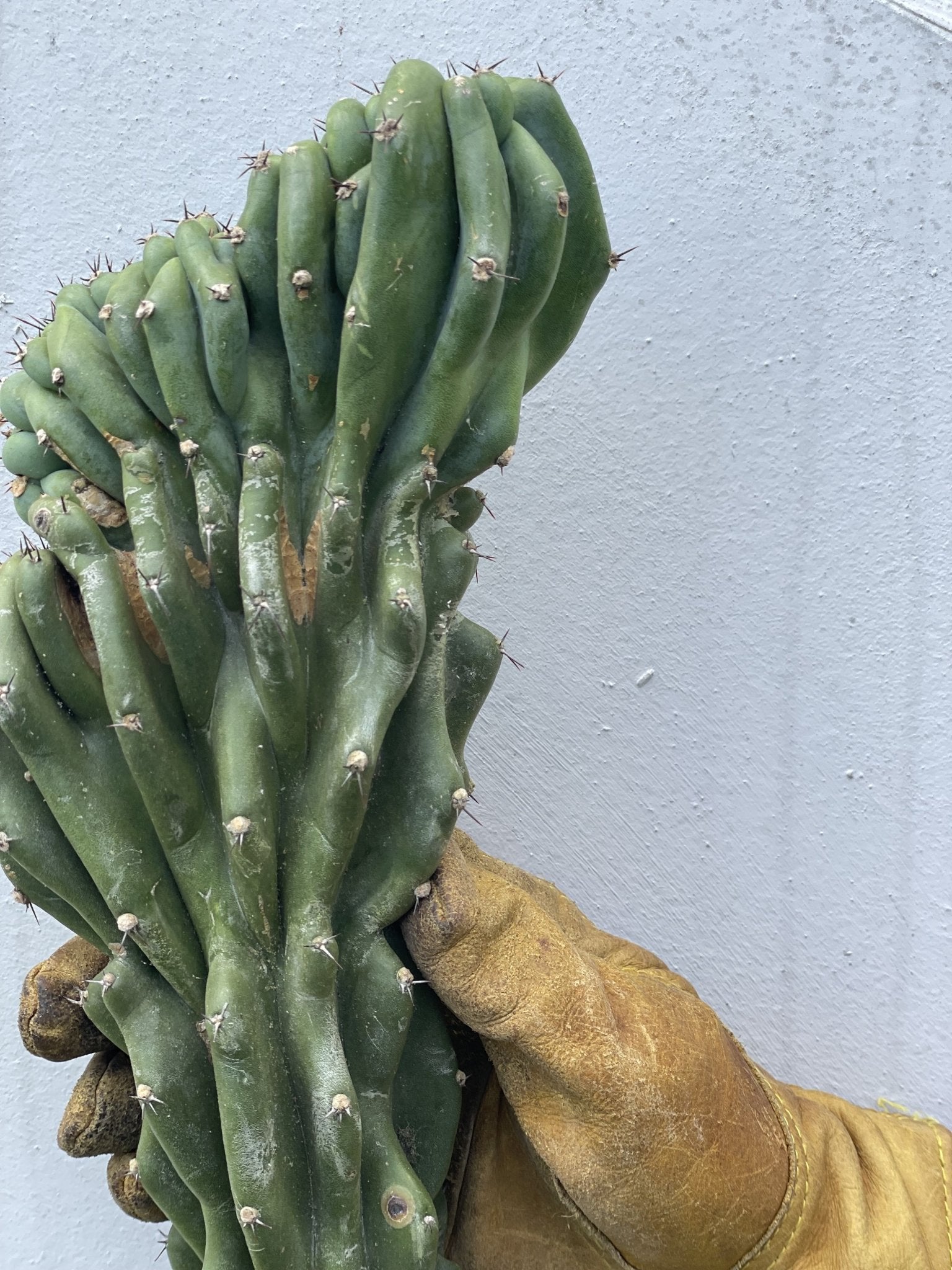


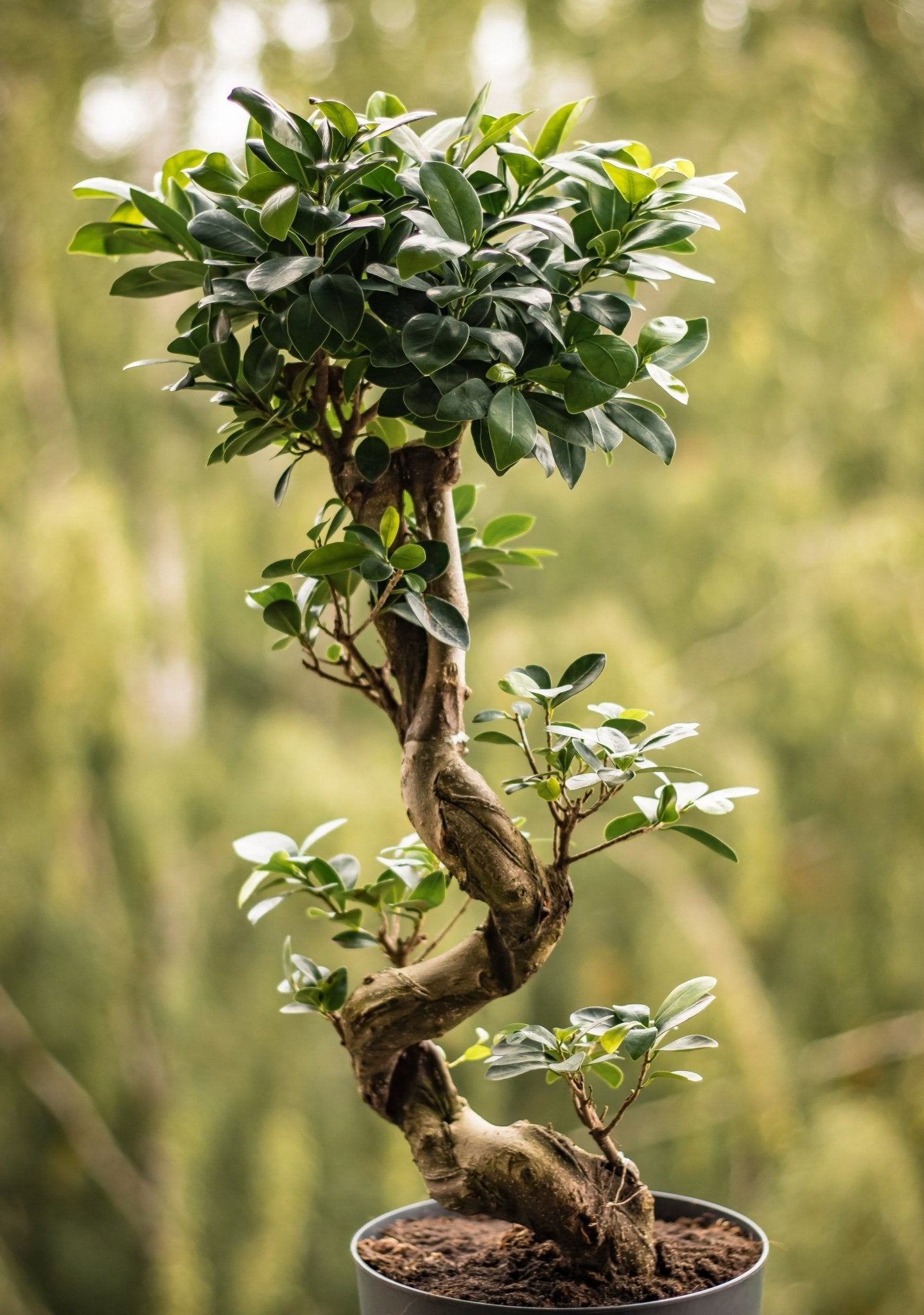
Leave a comment